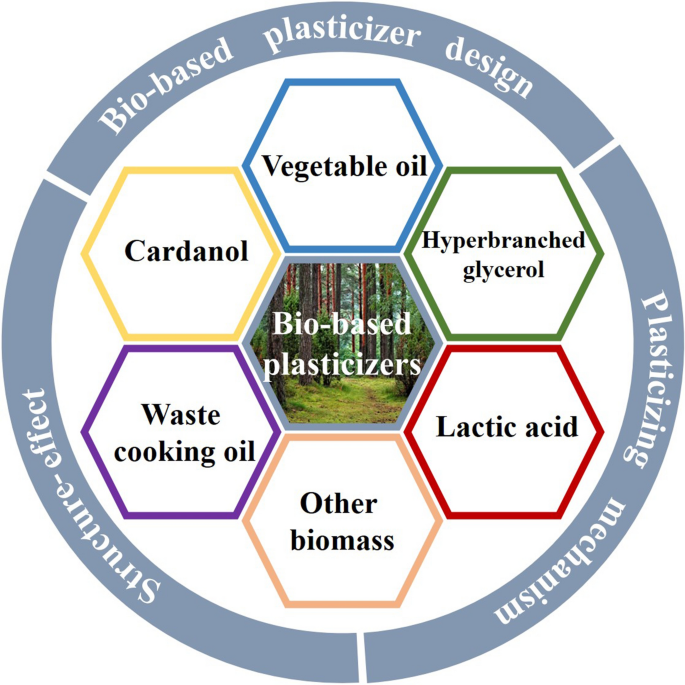Enzyme-Immobilized Bioreactors Sep23
🌐
Public
Technology Title
Electrochemical CO₂ Reduction Catalysts
Electrochemical CO₂ Reduction Catalysts
Project Title
Enzyme-Immobilized Bioreactors Sep23
Enzyme-Immobilized Bioreactors Sep23
Short Description
Copyrighted bioreactors using immobilized enzymes for efficient industrial bioprocessing.
Copyrighted bioreactors using immobilized enzymes for efficient industrial bioprocessing.
Long Description
Copyrighted bioreactors utilizing immobilized enzymes have revolutionized industrial bioprocessing by enhancing efficiency, productivity, and cost-effectiveness. These bioreactors integrate patented technologies that leverage the benefits of immobilized enzymes, which are enzymes attached to a solid support or encapsulated within a matrix, allowing for repeated use and improved stability.The bioreactor design typically consists of a reactor vessel, immobilized enzyme preparations, and a system for substrate and product exchange. The immobilized enzymes are strategically positioned within the reactor to maximize mass transfer and minimize diffusion limitations. This setup enables optimal enzyme-substrate interactions, leading to increased reaction rates and yields.Key features of these copyrighted bioreactors include proprietary immobilization techniques, such as covalent binding, adsorption, or entrapment, which ensure strong enzyme attachment and prevent leaching. Additionally, the bioreactors often incorporate advanced materials, like nanoparticles, membranes, or hydrogels, to enhance enzyme stability, activity, and longevity.The use of immobilized enzymes in bioreactors offers several advantages, including improved temperature and pH stability, reduced enzyme costs, and simplified downstream processing. Furthermore, these bioreactors can be easily scaled up for industrial applications, making them an attractive solution for large-scale bioprocessing. Overall, the integration of immobilized enzymes and innovative bioreactor design has transformed the bioprocessing landscape, enabling more efficient, sustainable, and cost-effective production of high-value chemicals and products.
Copyrighted bioreactors utilizing immobilized enzymes have revolutionized industrial bioprocessing by enhancing efficiency, productivity, and cost-effectiveness. These bioreactors integrate patented technologies that leverage the benefits of immobilized enzymes, which are enzymes attached to a solid support or encapsulated within a matrix, allowing for repeated use and improved stability.The bioreactor design typically consists of a reactor vessel, immobilized enzyme preparations, and a system for substrate and product exchange. The immobilized enzymes are strategically positioned within the reactor to maximize mass transfer and minimize diffusion limitations. This setup enables optimal enzyme-substrate interactions, leading to increased reaction rates and yields.Key features of these copyrighted bioreactors include proprietary immobilization techniques, such as covalent binding, adsorption, or entrapment, which ensure strong enzyme attachment and prevent leaching. Additionally, the bioreactors often incorporate advanced materials, like nanoparticles, membranes, or hydrogels, to enhance enzyme stability, activity, and longevity.The use of immobilized enzymes in bioreactors offers several advantages, including improved temperature and pH stability, reduced enzyme costs, and simplified downstream processing. Furthermore, these bioreactors can be easily scaled up for industrial applications, making them an attractive solution for large-scale bioprocessing. Overall, the integration of immobilized enzymes and innovative bioreactor design has transformed the bioprocessing landscape, enabling more efficient, sustainable, and cost-effective production of high-value chemicals and products.
Potential Applications
Production of biofuels: The bioreactors can be used for efficient conversion of biomass into biofuels such as ethanol, butanol, and biodiesel, providing a sustainable alternative to fossil fuels.
Pharmaceuticals and fine chemicals: Immobilized enzymes in bioreactors can be utilized for the synthesis of complex pharmaceuticals and fine chemicals, enabling cost-effective and environmentally friendly manufacturing processes.
Food and beverage processing: The bioreactors can be applied in the production of food additives, flavorings, and other ingredients, such as citric acid, amino acids, and vitamins, improving the efficiency and sustainability of food processing.
Biodegradation and bioremediation: Copyrighted bioreactors can be designed for the efficient degradation of pollutants and toxic substances, facilitating bioremediation of contaminated environments and waste streams.
Bioplastics production: The bioreactors can be used for the production of biodegradable plastics, such as polylactic acid (PLA) and polyhydroxyalkanoates (PHA), providing a sustainable alternative to traditional plastics.
Wastewater treatment: Immobilized enzymes in bioreactors can be applied for the efficient treatment of wastewater, enabling the removal of organic pollutants and improving water quality.
Paper and pulp processing: The bioreactors can be utilized for the production of paper and pulp products, such as biobleaching and biodeinking, reducing the environmental impact of traditional processing methods.
Bio-based materials: Copyrighted bioreactors can be used for the production of bio-based materials, such as bio composites and bio adhesives, providing sustainable alternatives to traditional materials.
Production of biofuels: The bioreactors can be used for efficient conversion of biomass into biofuels such as ethanol, butanol, and biodiesel, providing a sustainable alternative to fossil fuels.
Pharmaceuticals and fine chemicals: Immobilized enzymes in bioreactors can be utilized for the synthesis of complex pharmaceuticals and fine chemicals, enabling cost-effective and environmentally friendly manufacturing processes.
Food and beverage processing: The bioreactors can be applied in the production of food additives, flavorings, and other ingredients, such as citric acid, amino acids, and vitamins, improving the efficiency and sustainability of food processing.
Biodegradation and bioremediation: Copyrighted bioreactors can be designed for the efficient degradation of pollutants and toxic substances, facilitating bioremediation of contaminated environments and waste streams.
Bioplastics production: The bioreactors can be used for the production of biodegradable plastics, such as polylactic acid (PLA) and polyhydroxyalkanoates (PHA), providing a sustainable alternative to traditional plastics.
Wastewater treatment: Immobilized enzymes in bioreactors can be applied for the efficient treatment of wastewater, enabling the removal of organic pollutants and improving water quality.
Paper and pulp processing: The bioreactors can be utilized for the production of paper and pulp products, such as biobleaching and biodeinking, reducing the environmental impact of traditional processing methods.
Bio-based materials: Copyrighted bioreactors can be used for the production of bio-based materials, such as bio composites and bio adhesives, providing sustainable alternatives to traditional materials.
Image


Email
mallu@yopmail.com
mallu@yopmail.com
